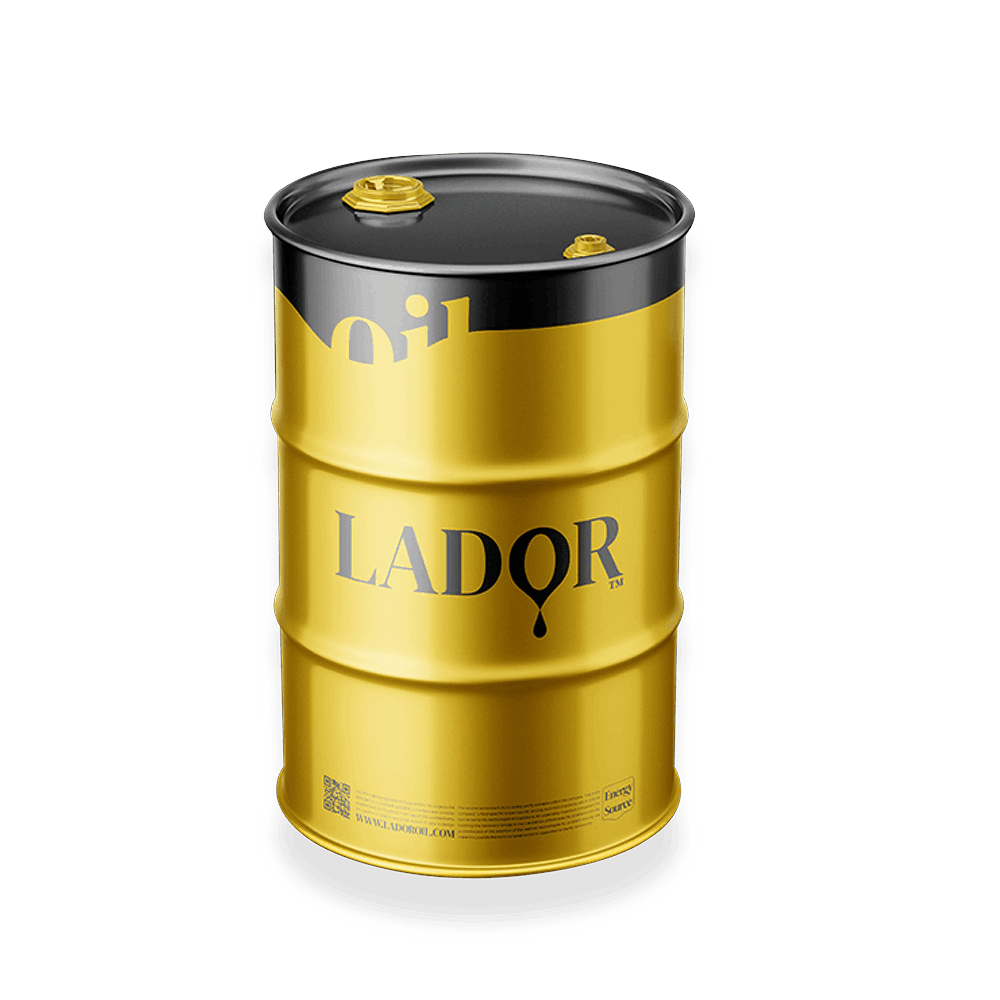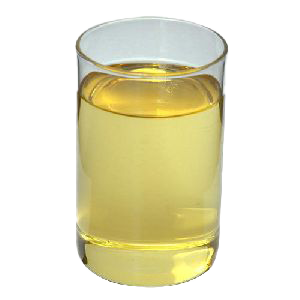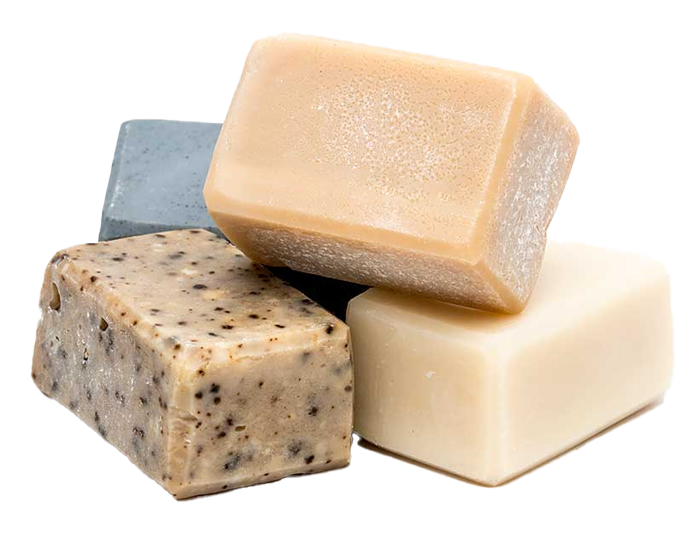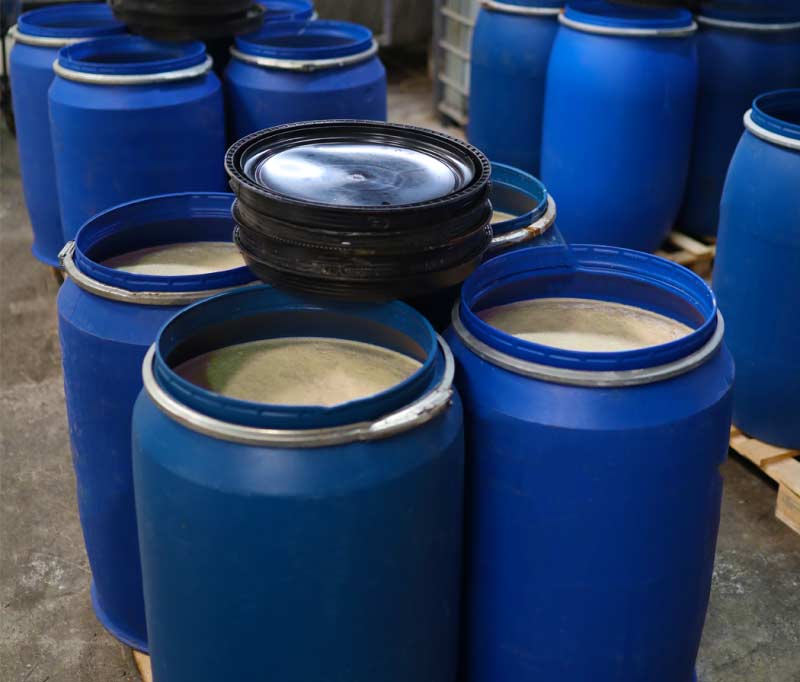
Tallow Oil
Lador Fat


Tallow oil is a type of fat produced from livestock or poultry, the main ingredients of which are triglycerides. Tallow oil that is used in the market is a combination of cow and sheep fat, in special cases some poultry fat is also added to it. Tallow oil is not a new product, it was produced and sold under the name of pi fat in the old days.
This fat has had many uses in the past, including the production of soaps known as pitch soap.
In the preparation of tallow oil in Iran, the fat inside the animal’s stomach cavity, which is located around the heart, stomach, liver, kidney, and back of the animal, is used. This item includes all livestock except pigs.
Tallow oil is milky white in color and its melting point is high, so it is solid under normal conditions. In terms of energy and the amount of calories, it is 115 because it has a fat environment, it is very effective for absorbing the ultimate fat-soluble vitamins.
The roots of the use of tallow oil go back to ancient times. At that time, people used this oil not only for lighting and cooking but also in religious ceremonies and even as medicine to treat some diseases. With the progress of civilizations and the development of industries, the applications of tallow oil also expanded and gradually it was used in the production of soap, candles, leather, and even cosmetics.
Tallow fatty acid is obtained from the hydrolysis of beef tallow or other animal fat. The fatty acid may or may not be hydrogenated before the distillation process. Then the final step, the distillation process, takes place and the material is separated.
Of course, it should be noted that in the industry, tallow is not defined as beef or mutton fat and it must have specified characteristics. Tallow is actually animal fat that meets certain technical criteria such as its melting point. Commercial tallow consists of fat derived from other animals such as pig fat or prepared from vegetable sources.
The production of this oil is a relatively simple process. First, animal fat is divided into small pieces and then heated until it melts. After the fat is melted, its impurities are separated and pure oil is obtained. The quality of tallow oil depends on factors such as the type of animal, animal feeding and production method.

Talo oil is used in the production of soaps, creams, lotions and skin care products due to its softening and moisturizing properties.
In the past, tallow oil was used for frying and cooking, as well as in the production of some food products such as butter and margarine, but today, due to the increased awareness of people about saturated fats, its use in this industry has decreased.
This oil is used in the production of some drugs and pharmaceutical products.
tallow oil is used to soften and waterproof leather.
Talo oil is used as a natural lubricant in some industries such as grease production and even candle production.

This acid is used in various fields and oleo-chemical industries. Such as: preparation of soaps, cosmetics, detergents, metal soaps, esters, oilfield chemicals, alkyd resins, industrial and institutional cleaners, ore flotation, construction chemicals, personal care, metalworking fluids, textile chemicals, buffering compounds and rubber chemicals.

Tallow oil is mainly composed of triglycerides of saturated fatty acids. The main fatty acids in tallow oil are palmitic acid and stearic acid. It is these chemical compounds that give tallow oil unique properties such as high melting point, stability against oxidation and good lubrication.
At room temperature, tallow fatty acids are seen as solids with a yellowish-white color, and their color changes depending on the type of process. The freezing point of tallow oil without hydrogenation is about 42 degrees Celsius, which in case of partial hydrogenation reaches 45 to 55 degrees and with complete hydrogenation (steric) it increases to approximately 57 to 60 degrees Celsius.
Due to its special composition and different production processes, tallow oil has different characteristics compared to other oils. In the following, we point out some of the most important differences between tallow oil and other oils:
Animal origin: Tallow oil, unlike many other oils that are of plant origin, is obtained from animal fat.
Saturated fatty acids: tallow oil contains a significant amount of saturated fatty acids, which gives it a high smoke point and more thermal stability than unsaturated oils.
Other compounds: In addition to fatty acids, this oil contains other compounds such as fat-soluble vitamins, cholesterol, and antioxidant compounds.
High smoke point: Due to the presence of saturated fatty acids in this oil, it has a high smoke point and does not smoke at high temperatures. This feature makes it suitable for high heat cooking.
High thermal stability: Tallow oil is more resistant to oxidation and spoilage than unsaturated oils.
Solid texture at room temperature: Talo oil is solid at room temperature and melts at high heat.

The future of tallow oil depends on various factors, including changes in lifestyle, technological advancements, and increasing public awareness about nutrition. Although the traditional uses of tallow oil may decrease, but due to its unique properties, this oil is definitely still used in certain industries.
As one of the oldest and most valuable sources of natural fat, tallow oil has played an important role in human life throughout history. Despite changes in lifestyle and technological advances, tallow oil still has much potential and can be used in various industries.
Ala Sepahan oil company under the Lador brand has stepped into this field with sufficient experience, advanced equipment, and experienced staff and has been able to produce and market the best oils, including tallow oil and poultry oil, as well as various types of fat powder, including pure fat powder, calcium, omega-3, etc. For consultation and price inquiries, contact Ladorfat experts.